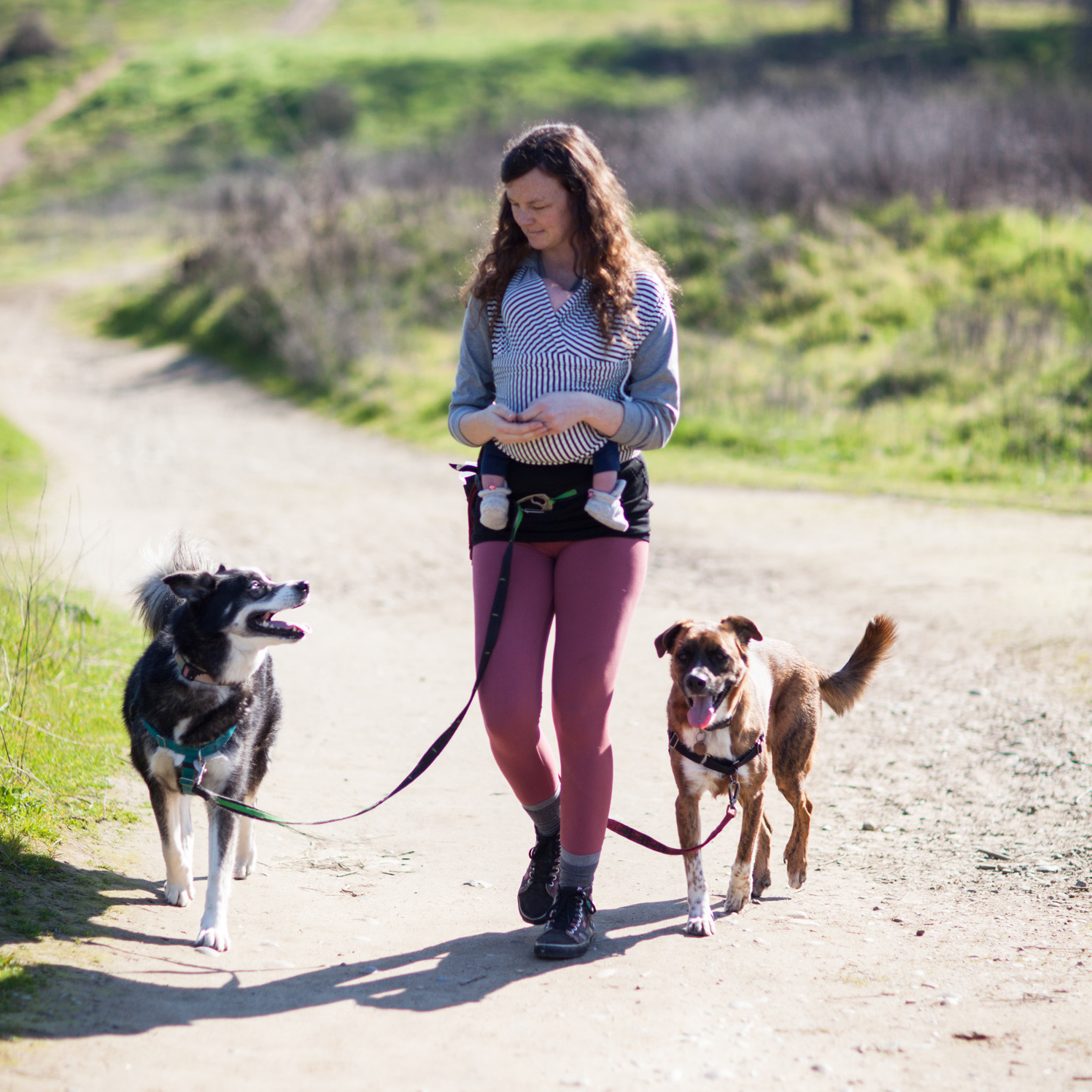If you are a member of my community or frequent my public posts, you’ve likely seen me use the word “cue.” This is the word that I sub for the more common “command” - it’s what we use to ask a dog to perform a behavior. So why don’t I just say command? Because I believe that language matters. Language shapes the way we do things.
Command is defined as “an authoritative order.” My dogs are my partners in training, and I have no interest in being authoritative with them. The word command carries the implication of a threat - “Do this or else…”
Cue has some interesting definitions like:
- “A thing said or done that serves as a signal to an actor or other performer to enter or to begin their speech or performance.”
- “A signal for action.”
- “A piece of information or circumstance that aids the memory in retrieving details not recalled spontaneously.”
For training purposes, a cue is a signal to a dog that reinforcement is available for performing a known behavior. I add “known behavior” because I think it’s important to recognize that we CANNOT cue a behavior that a dog has no reinforcement history for. Dogs do not come pre-wired with specific commands.
People often ask me what the command is for a given behavior, but the truth is that a cue can be anything. Sure, many people teach their dog that “sit” means “put your butt on the ground.” But you could just as easily teach your dog that “hocus pocus” means “put your butt on the ground.”
The most common cues we see used in training are verbal and visual cues. Visual cues are often hand signals, but don’t have to be. Just watch a dog and her handler run an agility course! Other types of cues may be environmental - something in the environment can prompt the behavior. For example, a curb may be an environmental cue for a dog to sit. A closed door may become a cue for a dog to scratch.
Cues go WAY beyond the things we specifically teach our dogs - we are cueing them constantly. When I clip the baby carrier on, my dogs stand at attention. The baby carrier has become a cue for walks (remember, anything a dog enjoys can be reinforcing, not just food). When my dogs hear my husband’s motorcycle pulling up, they head to the door to greet him.
Cues can be tricky, and they are often not what we think they are. I see a lot of people that give both hand signals and say a verbal cue at the same time. Most of them believe their dog understands each cue, but generally, if they use the verbal without the hand signal, the behavior will not happen. Dogs are highly attuned to our body language, and tend to focus more on that than the nonsense pouring from our mouths, so visual cues are easier for them to pick up.
Here’s an exercise you can try to figure out how effective your cues are:
- Take out a piece of paper (or open a note on your computer) and write out a list of the behaviors your dog knows along with the cue or cues for each.
- Get out your phone and your treat pouch and record yourself giving each cue. Separate the visual and verbal (so if you have two cues for a given behavior, use them separately).
- This should give you a fair amount of information BUT watch the video back afterwards. Watch your body when you’re giving your cue. When you ask your dog to go to their mat verbally, are you leaning your body weight forward? Maybe tilting your head? When you ask your dog to sit are you reaching for your treat pouch already?
Watching myself train is a learning experience every single time, so I don’t offer up this exercise as a kind of “look how poorly you train” thing. I really believe that we all benefit from it, wherever we are in our training journey! There is always something we can improve on.
Cues are the language with which we communicate our desires with our animal friends. By understanding our own cues better, we can be better communicators and make our dogs’ lives easier, by providing more clarity. By doing so, we also make our own lives easier, because we can get what we want more often and more effectively.

